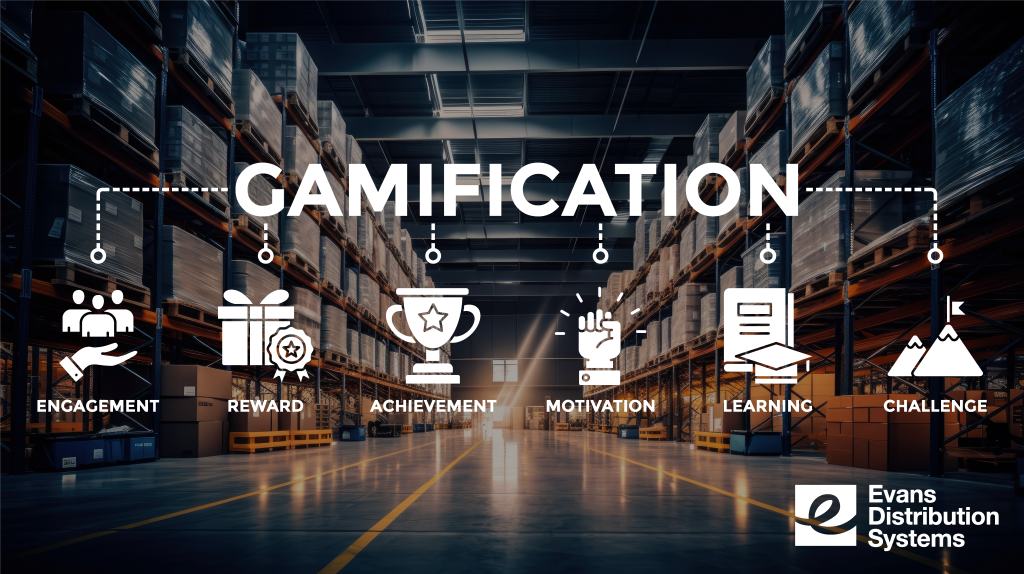Gamification has emerged as a powerful strategy for transforming traditional work environments by infusing them with the dynamic and motivational elements found in games. In sectors like logistics and supply chain management, gamification has proven particularly beneficial, offering advantages ranging from heightened employee engagement to improved productivity, collaboration, and data-driven decision-making. In this context, exploring the benefits of gamification in logistics becomes essential for organizations aiming to enhance their operational efficiency and overall performance.

What is Gamification?
Gamification is the application of game-design elements, game mechanics, and game-like experiences in non-game contexts to engage and motivate individuals. The goal of gamification is to make tasks or activities more enjoyable, interactive, and rewarding by incorporating elements commonly found in games, such as points, leaderboards, challenges, and rewards.
The concept of gamification involves utilizing humans’ natural tendencies for competition, achievement, and social interaction to influence preferred behaviors and results within a non-gaming environment. By introducing game-like elements into various aspects of non-game environments, such as logistics and supply chain, gamification encourages participation, fosters motivation, and enhances engagement.
Benefits of Gamification in Logistics
Gamification in logistics can offer several benefits and enhance various aspects of the supply chain and logistics operations. In addition to an increase in employee engagement and motivation through a sense of achievement and recognition, some of the other key advantages of gamification include:
- Improved Productivity and Efficiency: Incorporating game mechanics like points, levels, and leaderboards, gamification can create friendly competition among employees, fostering a more productive work environment. Goal-oriented challenges can encourage individuals and teams to meet or exceed performance targets, leading to increased efficiency.
- Increased Supply Chain Visibility and Collaboration: Gamification can facilitate collaboration among different departments or entities within the supply chain. Shared goals, real-time visibility into performance metrics, and collaborative challenges can encourage better communication and coordination among logistics partners.
- Enhanced Data Collection and Analysis: Game-like elements can be used to encourage data collection and analysis, promoting a culture of continuous improvement. Operations managers and logistics leaders can be motivated to track and analyze key performance indicators, contributing to more informed decision-making processes.
- Better Training and Development: Gamified training programs make learning more interactive and enjoyable for employees.
- Adoption of New Technologies: Gamification can help ease the transition and adoption of new technologies within the logistics industry. Employees may be more inclined to learn and use new tools or systems if the process is engaging and rewarding through gamified elements.
Gamification stands as a dynamic and transformative strategy, injecting energy and motivation into conventional work environments. In logistics, gamification stands to offer many benefits including improved productivity, efficiency, and collaboration. Game on, as gamification will play a pivotal role in shaping the future of logistics and supply chain management.
